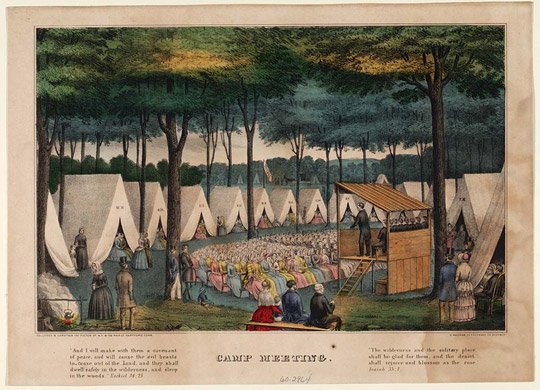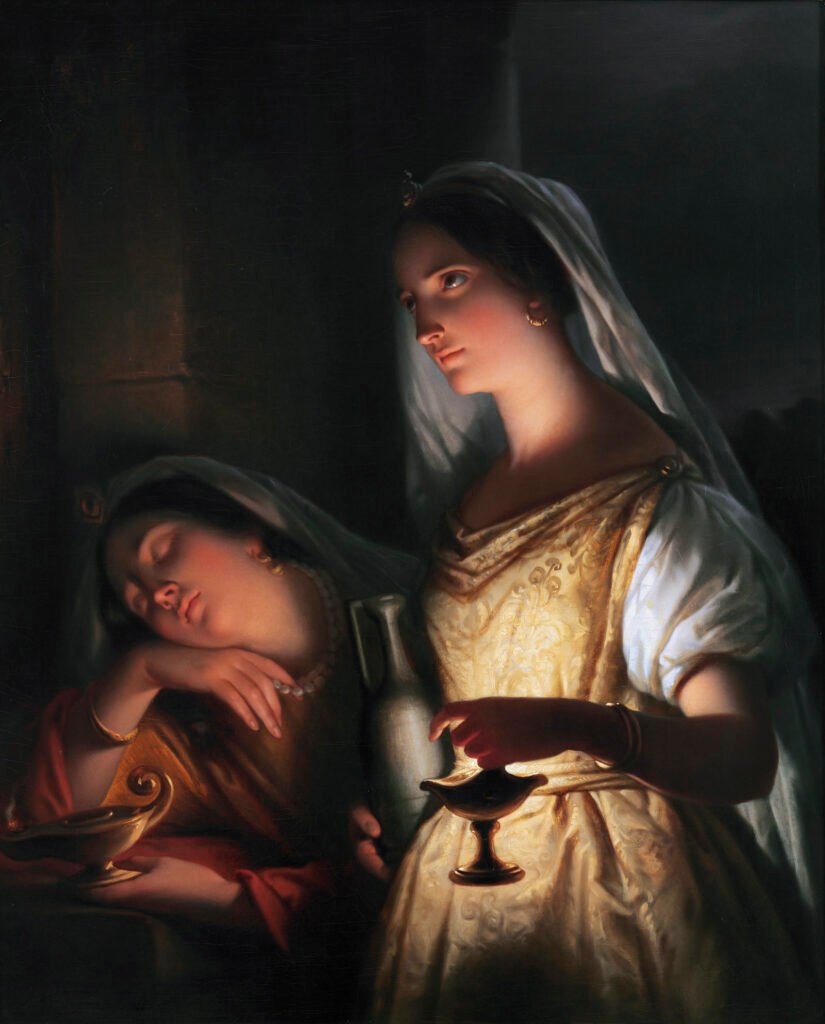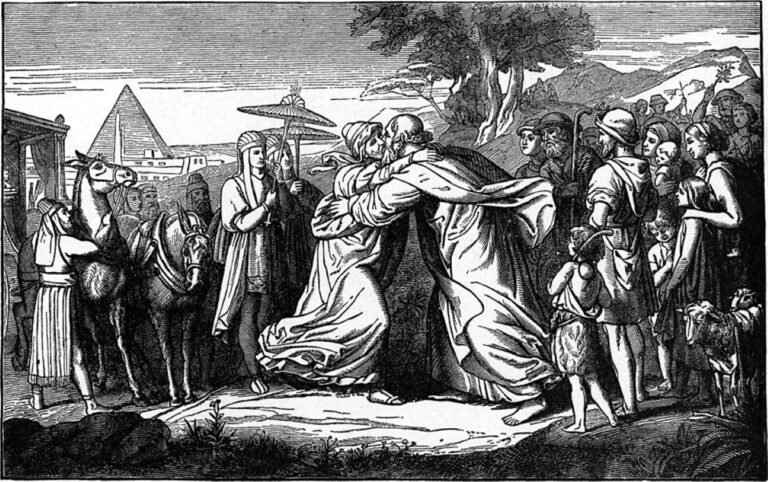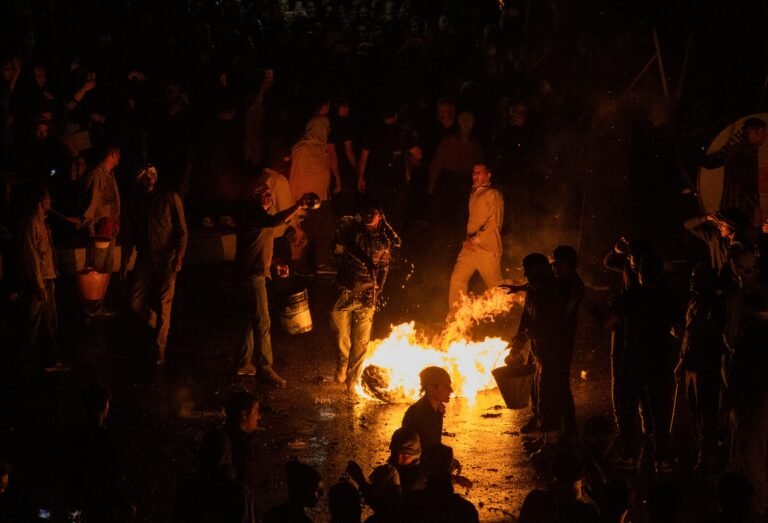I am a former member of the Seventh-day Adventist church. That’s no surprise, given my name, which tells you where in Kenya my people come from. Like many of you, I inherited my religion from my parents, who got it from their parents, and grandparents, who got it from colonial powers.
Geography and history pretty much decide who you worship. Leaving the church was a years-long journey that left me feeling a little exposed, but during that journey, I learned so much about the church. I had and still have a firm grasp of theology, which will help me explain this better without generalizing.

In this series, I will tell you what I know, both from an inside and outside view. Is it a cult? Where did the ‘SDAs drink soya’ memes come from? What is the obsession with what they eat? Who is Ellen White? Are they like Jehovah’s Witnesses? What do they believe in?
This and so much more will be covered in a series of articles, starting from the beginning. Believe me, the story is interesting, and after this, you’ll have a pretty good grasp of this church.
So, let’s go. Here is the first article in the series: THE END OF THE WORLD. Just click on the link and you will be there.
The Story Begins With The End of The World
Yeah, the SDA story starts with the end of the world. In the 1790s to 1840s, America was a boiling pot of religious revivalism. As a land colonized by protestants escaping persecution in Europe, this Second Great Awakening pushed communities into a spiritual fervor.

Preachers roamed the countryside, warning of damnation and promising salvation. There were prophetic voices, utopian experiments, and millennial hopes.
Right in the middle of all this, the idea that Christ was coming soon took root.
Enter William Miller.
William Miller
When William Miller peeked his head out to take stock of the American spiritual landscape, the SDA was not even a thought in anyone’s mind.
It is yet to be birthed. Miller was a former Baptist and deist (someone who believes in a creator God who created the universe but doesn’t interfere with its functioning or do divine interventions) who came from New York. He served in the War of 1812, and having seen death up close, he turned to the Bible and began studying prophecy seriously.

He focused on the books of Daniel and Revelation. What he found, or what he believed he found, was a timetable, detailing Christ’s return. Using the prophetic key that “a day in prophecy equals a year (see Ezekiel 4:6 and Numbers 14:34),” Miller narrowed down his thesis to Daniel 8:14:
“Unto two thousand and three days: then shall the sanctuary be cleansed.”
He thought this referred to the cleansing of the Earth by fire (2 Peter 3:7) at the Second Coming of Christ.
In Daniel 9, there is a prophecy of Seventy Weeks where a beginning date is given for the sanctuary (represented by Earth or church). He concluded that the 70 weeks (490 days) were the first 490 years of the 2300 years. The 490 were to start with the command to rebuild and restore Jerusalem.

If a day is a year, the 2,300 days are 2,300 years, which, counting from 457 BC (when Artaxerxes I of Persia decreed the rebuilding of Jerusalem), brings you to sometime between March 21, 1843 and March 21, 1844.
Yeah, it’s a little wild, but this calculation birthed the movement historians now call Millerism.

By Christian Skeptic – Own work, Public Domain, https://commons.wikimedia.org/w/index.php?curid=4206056
Second Adventism: A Movement, Not a Denomination (Yet)
When he started sharing his findings in 1831, Miller was not looking to start a church or gain followers. However, America was ready for charismatic figures with urgent news. So, whether he meant to or not, he gained followers who still went to their home churches, including Baptists, Methodists, Presbyterians, and others.
They adopted the Adventist expectation, which is that Christ’s return was imminent.
By 1843, the message had reached almost every town, thanks to preaching circuits, camp meetings, and the printing press. He submitted a series of articles to the Vermont Telegraph, a Baptist newspaper, which spread the word far and wide.

He also wrote the rather lengthily titled “Evidence from Scripture and History of the Second Coming of Christ, about the year 1844: Exhibited in a Course of Lectures.”
FUN FACT: Miller was an active Freemason (many of you only think you know what means) until 1831 when he resigned to follow his new path, calling the group ‘evil.’ FYI, it is not an evil group and I’d love to explore that sometime. Back to Miller.
March 1844 came and went. Nothing happened. The world did not end. This would later be called the Little Disappointment (Yes, I am implying the existence of a Great Disappointment.)
The Little Disappointment
There is this painted chart I saw at church when we were taught prophecy, breaking this all down. It looks kind of epic, tbh. Check it out. This thing is burned into my memory.

March 21 came and went and Jesus did not show up. Things did not devolve into a full spiritual crisis at this moment. You see, Miller and his associates had kind of hedged their ‘bet’ and told people that the date could vary. This gave them time to recalculate. They extended the window (obviously).
The movement splintered but did not collapse under the weight of its promise.
Then came Samuel S. Snow (real guy, real name), who declared a more concrete date: October 22, 1844. This injected new energy into the movement that the Millerites called the Seventh-Month Movement.
The hope rippling through the movement was simply a setup for what was to come, and what a lesson that would turn out to be.
This renewing of hope, dear reader, is where things fall apart spectacularly.
The Great Disappointment
October 22, 1844, arrived.
Millerites everywhere gathered in homes, fields, and churches, wearing white robes, singing hymns, and watching the skies. Some had sold everything. Others climbed hills and trees, hoping to be the first to ascend.
You could smell the anticipation in the air. And then…nothing. No trumpets. No Christ. No cleansing fire.

The fallout was immediate and devastating. Believers wept openly, some lost their faith, and others were ridiculed by neighbours. One observer described it as a day when the heavens “neither smiled nor frowned—it just went on like any other day.
This event would become known as the Great Disappointment- capital G, capital D.
Now, we have arrived at something crucial: the birth of the church that would become known as the SDA.
The Sects Born From the Adventism Movement (Including SDA)
The shattering of the movement was not just sad, it was the source of some splintering. There were three major groups worth mentioning.
- The People of The Shut Door
The first cohort was composed of Millerites who retained the belief that Christ’s second coming believed in the concept of the shut door. The people of the shut door based this on the Parable of the Ten Virgins in Matthew 25:1-13.
To them, the date coming and going without incident implied the close of probation. The door was shut and there would be no additional salvation. These wise virgins would be in the kingdom while the not so wise virgins would be outside crying about it.

But people had questions, such as ‘how seriously should we take you if the 1844 date presented nothing?’ The movement lost ground as people didn’t think there was a shut door and the idea that no one else could be saved sounded less and less reasonable with each passing day.
- The Advent Christian Church
The people opposing the people of the shut door had more success and even got Miller to join them and see their point of view. They gained more influence after holding a conference and would go on to form the Advent Christian Church.

- The Third Group (Proto-SDAs)
This group agreed with the second group, but only up to a point. They thought the date was correct, but that MILLER WAS WRONG about what happened that day. They thought that Miller’s assumption that the sanctuary was on Earth was the problem; the sanctuary was actually in heaven!
This movement is thought to have started literally the day after the Great Disappointment. The date marked a heavenly event, not an earthly one. Christ went into the Holy of Holies in heaven’s temple.
This group would become the Seventh-Day Adventist and we haven’t even got to Ellen White, the prophetess.

Who is Ellen White? To some, she is a prophetess of the Lord; to others, she is a highly questionable and highly influential figure who has been venerated more than she should, and to me; she is one of the most interesting chapters in SDA history.
We will get to her story in the next few parts. It is fascinating.











0 thoughts on “THE END OF THE WORLD: THE SDA (Seventh Day Adventists) STORY TOLD BY an ex-member”